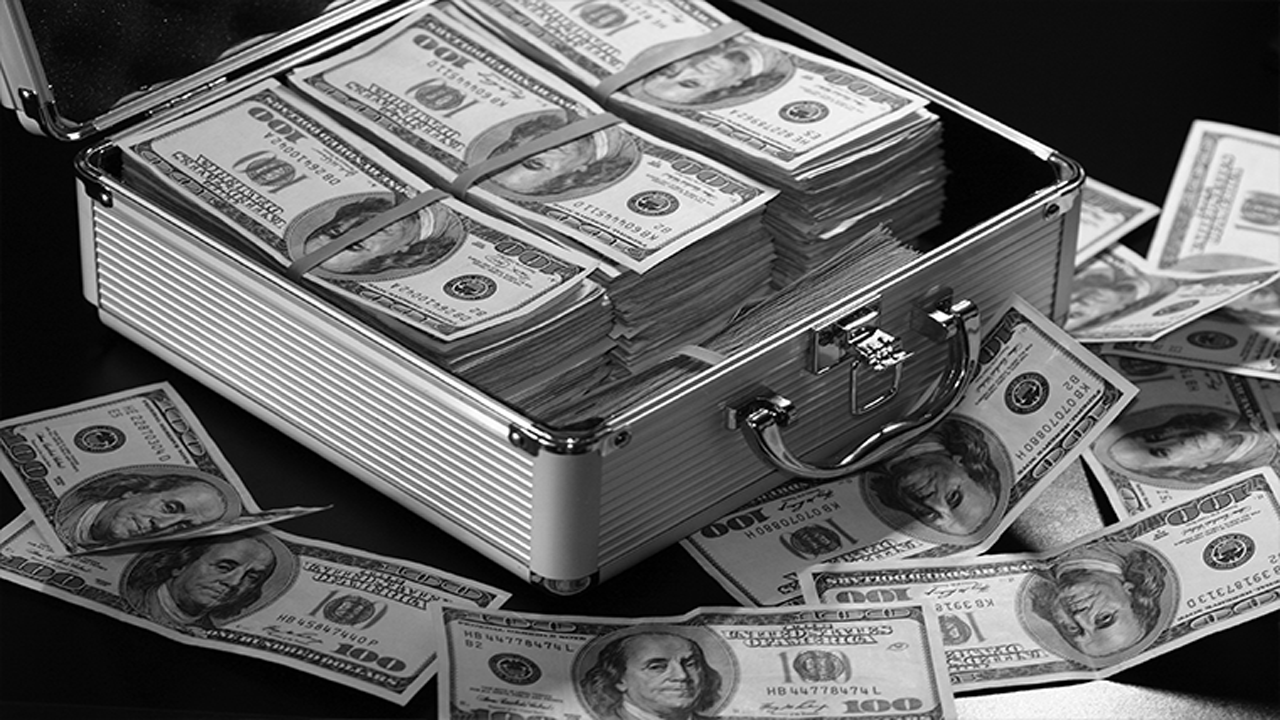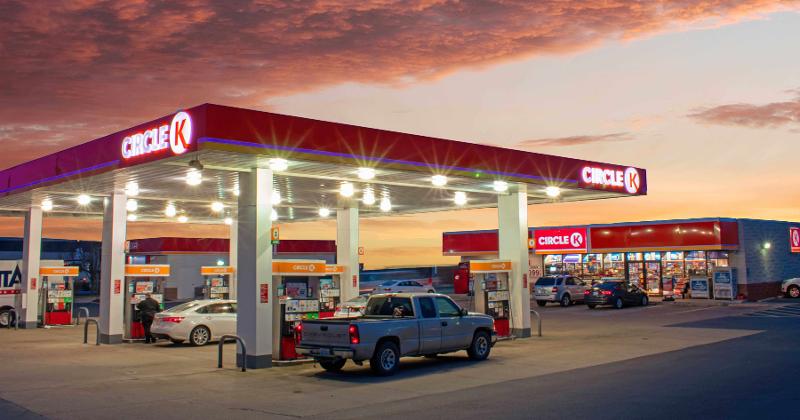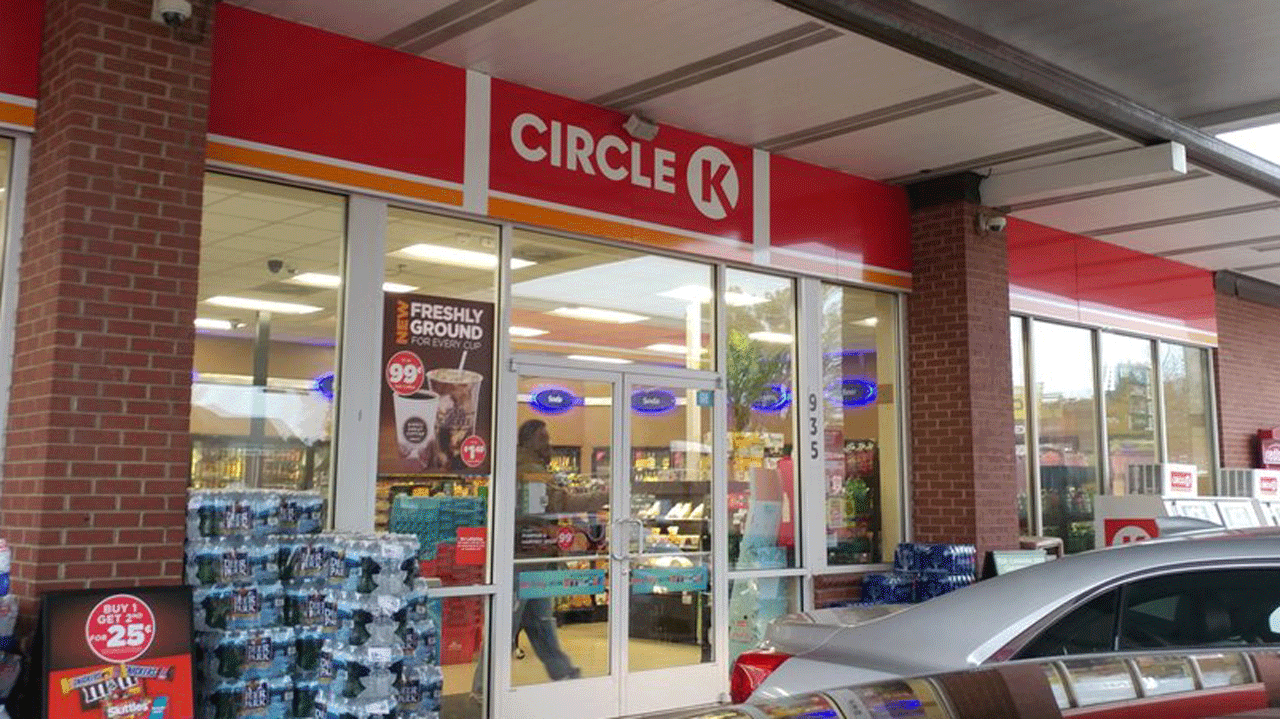CARBON TAX-LOAD WILL CARRY MOST BY BUSINESSES
CARBON BUSINESSES WILL CARRY
People in Manitoba, Ontario, Saskatchewan, and New Brunswick will be paying more for gasoline and heating fuel. When the federal government’s announced that businesses will carry carbon tax to begin in provinces that refused to impose their own emissions pricing.
Individuals and families will be getting some money back from the federal government under the new carbon tax scheme that began April 1.
In the shadows of darkness are some vital businesses. These are especially small and medium-sized businesses. Hence, the darkness is on what rebates or exemptions may be available to them if any.
From Ottawa’s “climate action incentive payment”, unlike the individuals who are eligible for annual rebates. No compensations expected in the same way for businesses, definitely not at all.
TRADING HAS BEEN EXPOSED
Especially the ones that are “trade-exposed,” Large companies with certain types of operations. Additionally, those that emit 50k mega tonnes or more of greenhouse gas emissions. Hence, the ones that won’t pay the carbon tax on fuel.
Instead, they’ll be subject to a carbon tax on emissions that exceed certain annual limits. Smaller firms that emit 10,000 mega tonnes or more will be able to apply for the same exemption.
But most other businesses, including smaller ones, have no such exemption. There are exemptions for farmers, some fishers and greenhouse operators.
There are high expectations to pay the taxes for a vast majority of small and medium-sized businesses. However, with little or no rebates or exemptions from Ottawa.
CANADIAN FEDERATION
The Canadian Federation of Independent Business says. They’re still trying to get answers from the federal government. On what kinds of rebates, exemptions or tax credits may be available to their members, if any.
“We still don’t know what these rebates or exemptions are going to look like,” said Jonathan Alward. The CFIB’s director of provincial affairs for Manitoba.
It’s definitely concerning that residents know exactly what’s coming back to them. Even though businesses are footing the bulk of the carbon tax bill and getting pennies on the dollar back. They still don’t know what’s in it for them and largely don’t even know. How the carbon tax is going to be applied? or how their exemptions are going to work?
Handed out to individuals it appears small businesses in the majority of the parts shall be subsidizing the rebates. Returned to the individuals in rebates is approximately 90% of the money from taxation.
The remaining 10% has been earmarked mostly to help municipalities & universities. In addition to these, public schools, hospitals, and small businesses. Pay for costs like building upgrades to help them become more energy-efficient.
However, whatever does trickle their way will be far less than what they pay out in carbon taxes. The CFIB estimates small businesses. The public sector will together pay about 50% of the carbon tax bill. But it will receive only 7% back in grants and rebates.
Consider linking to these articles:
- MOBILE PHONES – FIVE WAYS TO CONNECT WITH CUSTOMERS
- QUEBEC – DEVELOPED MUSTARD SEED BIOFUEL TO BE USED IN UA FLIGHT
- ENVIRONMENT GROUPS – NOT SLOWING EMISSIONS FROM OIL
- CANADA AND PROVINCES AGREE TO CURB GARBAGE
- CARBON TAX-LOAD
- MINIMUM WAGES JUMPS TO $15 PER HOUR FOR JOBS STABILITY
- MAKE YOUR FIRST IMPRESSION YOUR BEST IMPRESSION
- 5 THINGS CANADIAN BUSINESS OWNERS NEED TO KNOW ABOUT BUSINESS
- HOW TO OFFER EMPLOYEE HEALTH BENEFITS FOR $30/MONTH
- FOOD-SERVICE OPERATORS KNOW-HOW WITH ONTARIO PROVINCE
- JUSTIN LATEST POLICY DEVELOPMENTS & ‘WSP’ AMID ‘COVID-19’




